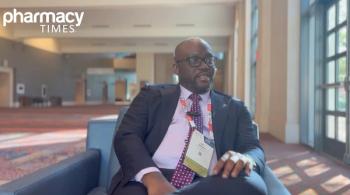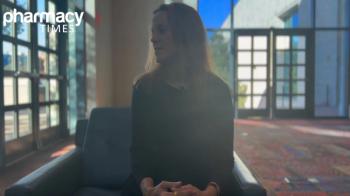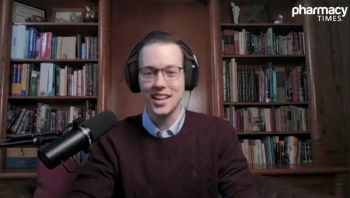
7 Ways Pharmacists Will Participate in White House Campaign Against Drug Abuse
President Barack Obama recently announced new efforts to reduce prescription drug abuse that will affect pharmacists nationwide.
President Barack Obama recently announced new efforts to reduce prescription drug abuse that will affect pharmacists nationwide.
The President announced some of the federal, state, local, and private sector efforts on October 21, 2015, in West Virginia before an audience of health care professionals and individuals affected by the drug epidemic.
Two key steps outlined were increasing training for opioid prescribers and expanding access to treatment for prescription drug abuse and heroin use.
Goals include doubling the number of providers who prescribe naloxone and doubling the number of providers registered with their state prescription drug monitoring program (PDMP) in the next 2 years.
Here are 7 ways pharmacists are anticipated to participate in the White House’s new campaign against prescription drug abuse:
1. CVS Health plans to allow its pharmacists to dispense naloxone without a prescription in 20 more states in 2016. Pharmacists will be able to present the overdose antidote pursuant to a standing order from a physician or a collaborative practice agreement.
The company just recently announced an
CVS pharmacists will also make 2500 presentations in high school health classes about the dangers of drug abuse.
2. Rite Aid will also expand its naloxone dispensing and train 6000 pharmacists in the next year on naloxone use.
3. The National Association of Chain Drug Stores (NACDS) pledged to continue to educate their 125 chain member companies (and their 175,000 pharmacists) about opioid overdoses and naloxone.
4. The National Community Pharmacists Association (NCPA) plans to distribute inserts to their more than 62,000 pharmacists about safe drug disposal and naloxone.
5. The American Pharmacists Association (APhA) said it will use its resource center on opioid use, misuse, and abuse to educate its more than 250,000 members.
6. The American Society of Health-System Pharmacists (ASHP) will also provide training and resources to its 40,000 members.
In a
“ASHP applauds President Obama’s efforts to address the opioid abuse epidemic and is pleased to be part of the administration’s efforts to find solutions to this major public health problem,” said ASHP CEO Paul W. Abramowitz, PharmD, ScD, (Hon), FASHP, in the press release. “ASHP and its members are focused first and foremost on ensuring appropriate pain management for our patients while balancing the essential need to ensure appropriate safeguards against fraud, misuse, abuse, and diversion of controlled substances.”
7. The National Association of Boards of Pharmacy pledged to increase access to PDMP data to more pharmacists in Arizona, Delaware, Kentucky, and North Dakota in the next year.
In addition, the federal government’s planned efforts against prescription drug abuse include:
- The Drug Enforcement Administration (DEA) will continue its spring and fall National Prescription Drug Take-Back Days.
- The Department of Health and Human Services (HHS) plans to use patient satisfaction surveys used by hospitals and other health care providers to review how assessments of pain management may affect prescribing.
- The US Centers for Disease Control and Prevention (CDC) will invest $8.5 million into helping educate prescribers about safe opioid prescribing, developing clinical quality improvement measures, and educating the public.
- The US Centers for Medicare and Medicaid Services (CMS) will create steps on how states can use Medicaid preferred drug lists (PDLs) and other mechanisms to reduce overdoses. The White House press sheet noted that CMS may consider dropping methadone from its PDLs for pain management, as the drug is associated with higher overdose rates than other pain relievers.
- The President’s fiscal budget for 2016 includes $133 million to address the opioid epidemic by improving access to naloxone and expanding prevention methods and medication-assisted treatment programs.
The White House cited that Americans more often die from drug overdoses than car crashes and that the majority of overdoses involve prescription medications.
“I studied this issue when I came into office,” President Obama said in his opening remarks in West Virginia. “I was stunned by the statistics.”
Prescribers write enough prescriptions for opioids to provide every US adult with a bottle of pills, according to the White House. While the rate of overdoses involving prescription pills has been leveling off, it noted there is still more work to be done.
“The dramatic rise in heroin-related overdoses—which nearly doubled between 2011 and 2013—shows the opioid crisis is far from over,” the White House press release stated.
Newsletter
Stay informed on drug updates, treatment guidelines, and pharmacy practice trends—subscribe to Pharmacy Times for weekly clinical insights.




















































































































































































































